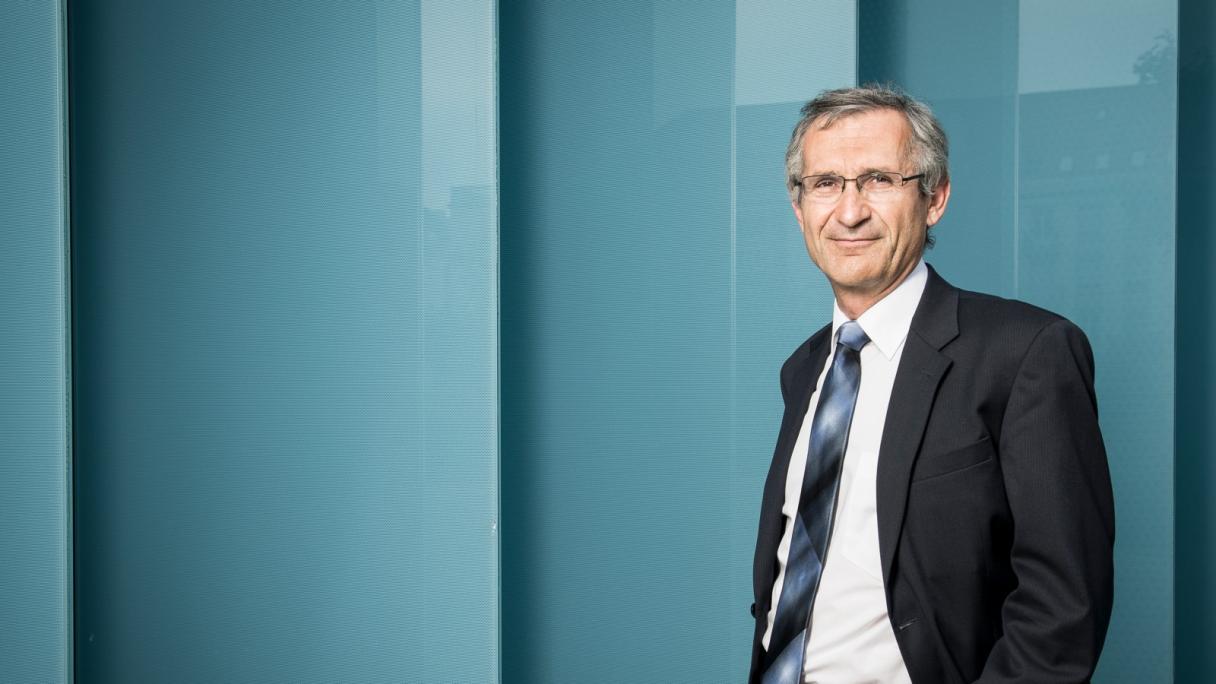“Our goal is a circular economy free from CO2”

Around 40% of all research at Empa relates to new energy technologies. What is Empa’s approach?
A closed circular economy free from CO2 is one of the most important goals in the energy sector. That is why renewable energy technology is central to us. Buildings and mobility account for more than three quarters of energy use in Switzerland. We are focusing our research in exactly in this area, and are developing new concepts – for example, a seasonal battery, which can harvest solar energy during the summer that can then be used in the winter. At our NEST and move research and demonstration platforms, for building technology and mobility, respectively, we are testing and further developing innovations under real-life conditions. We work closely with numerous industry partners so that we can turn our research results into marketable products as quickly as possible.
Which recent successes are you most proud of?
In 2012, Empa researchers printed a solar cell onto a flexible plastic substrate using an energy-efficient process. This technology set a new world record in energy conversion efficiency. I was really impressed by this, as it represents a real a real alternative to silicon-cells. I am especially delighted that we have succeeded in building a production facility for the new solar cells in Zurich, thanks to national and international investors.
How international is Empa?
We boast some of the best international research talent. Thanks to our excellent reputation, Empa can count on excellent scientists from all over the world to come knocking on our door. At the moment, we have employees from almost 60 countries, largely from the EU. In addition, we regularly collaborate with research laboratories on all continents.
You are dedicated to environmentally friendly high-tech solutions. What do you like most about the nature around Zurich?
I’m somebody who likes to keep moving, so for me jogging and mountain biking are an important escape. The area around Zurich offers lots of opportunities to get outside and is an ideal place for me get out into the fresh air and relax.
